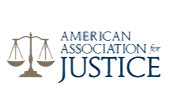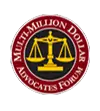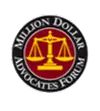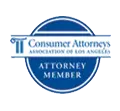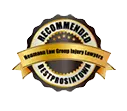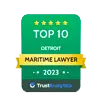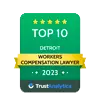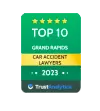COMMITTED TO JUSTICE
in Los Angeles and Beyond

Fatal Shooting Rocks Los Angeles, California After Crash
Early Sunday morning, a grim scene unfolded in South Los Angeles’ Vermont Square neighborhood. A man, tragically shot multiple times, was discovered fatally wounded at a car crash site. This incident, blending violent crime with a traffic accident, presents a complex case for legal professionals and law enforcement. The Role of Attorneys in a Combined […]


